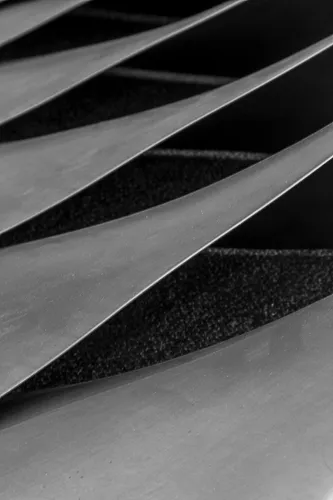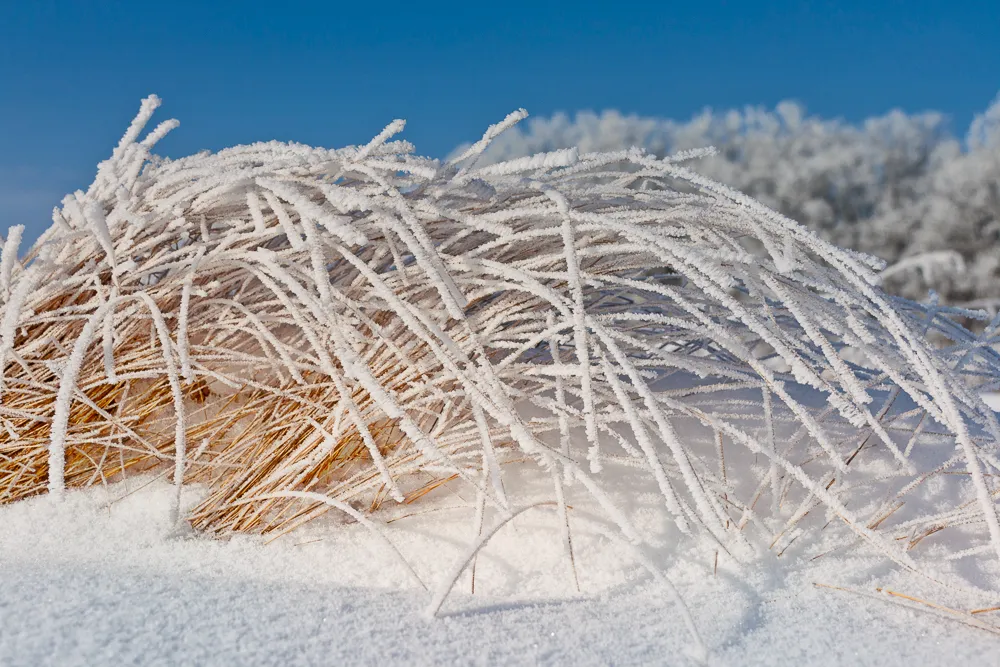
Photography as a Hobby for Beginners: Unlock Your Artistic Vision
Photography can be a fulfilling and enjoyable hobby that brings a creative outlet to your


Capturing the rhythm of your shots is one of the most important elements of filmmaking and photography. It can be the difference between a good and a great image. Rhythm is a way of conveying emotion and creating a sense of movement and flow. It is achieved by the timing and the arrangement of shots.
Different rhythm types have different effects, and the causes of rhythm can vary from one shot to the next. In this article we’ll explore various types of rhythm, their causes, and how to create them in your own work. Whether you’re a photographer, a filmmaker, or just someone who loves to take pictures, learning to capture the rhythm of your shots will help you take your art to the next level.
Rhythm in photography is a technique used to create a sense of movement and flow in your images. It is achieved by the timing and the arrangement of shots. It can be used to convey emotion, evoke a mood, or tell a story. Rhythm can be created in different ways, from using slow shutter speeds to using fast panning shots. It can be used to create a sense of calmness or dynamism in your images.
Rhythm can also be used to create visual interest and create a sense of continuity. It can be used to draw the viewer’s eye from one part of the image to another. By creating a rhythm in your images, you can create a sense of cohesion and draw the viewer in.
There are several types of rhythms that you can use in your photography. Each type has its own unique effect and can be used to create different types of emotions and feelings.
The first type of rhythm is called a “steady beat”. This type of rhythm creates a sense of calmness and stability in your images. It is achieved by having evenly spaced shots that are all of equal length. This creates a sense of continuity that is calming and reassuring.
The second type of rhythm is called a “syncopated beat”. This type of rhythm creates a sense of dynamism and excitement. It is achieved by having shots that are of different lengths, but still have a sense of continuity. This creates a sense of movement and energy that is exciting and engaging.
The third type of rhythm is called a “progressive beat”. This type of rhythm creates a sense of urgency and tension. It is achieved by having shots that gradually increase in length and intensity. This creates a sense of intensity and urgency that can be used to build suspense and tension in your images.
The fourth type of rhythm is called a “random beat”. This type of rhythm creates a sense of unpredictability and chaos. It is achieved by having shots that are of random lengths and intensities. This creates a sense of chaos and unpredictability that can be used to create a feeling of suspense and tension.
The causes of rhythm in photography can vary from one shot to the next. It can be caused by the way the shots are taken, how many shots there are, how long the shots are, or how the shots are put together.
Timing is an important factor in creating rhythm. If the shots are evenly spaced, it can create a steady beat. If the shots are of different lengths, it can create a syncopated beat. If the shots gradually increase in length, it can create a progressive beat. If the shots are of random lengths, it can create a random beat.
The number of shots is also an important factor in creating rhythm. If there are fewer shots, it can create a sense of calmness. If there are more shots, it can create a sense of energy and excitement.
The duration of the shots is also an important factor in creating rhythm. If the shots are all of the same length, it can create a steady beat. If the shots are of different lengths, it can create a syncopated beat. If the shots gradually increase in length, it can create a progressive beat.
The composition of the shots is also an important factor in creating rhythm. If the shots are arranged in an orderly fashion, it can create a sense of calmness. If the shots are arranged in a chaotic fashion, it can create a sense of energy and excitement.
The juxtaposition of shot is also an important factor in creating rhythm. If the shots are juxtaposed in an orderly fashion, it can create a sense of continuity. If the shots are juxtaposed in a chaotic fashion, it can create a sense of unpredictability and tension.
You should look for patterns or repetitions in the scene you want to photograph and use them to create a visual rhythm in your photography. You can play with the placement of elements in your composition to create a sense of flow or movement.
For example, you can use leading lines to guide the viewer’s eye through the image in a flowing rhythm. You can also use a long exposure or panning technique to capture motion and create a sense of rhythm. Experimenting with different perspectives and angles can also help you emphasize the repetition of elements and create a visual rhythm. Finally, you can use post-processing tools such as cropping or colour adjustments to enhance the visual rhythm in your image.
Creating a rhythm in your photos is a matter of timing, composition, and juxtaposition. Here are some tips for creating a rhythm in your photos:
This is achieved by having evenly spaced shots that are all of equal length. This creates a sense of continuity and calmness.
This is achieved by having shots that are of different lengths, but still have a sense of continuity. This creates a sense of movement and energy.
This is achieved by having shots that gradually increase in length and intensity. This creates a sense of intensity and urgency.
This is achieved by having shots that are of random lengths and intensities. This creates a sense of chaos and unpredictability.
If the shots are evenly spaced, it can create a steady beat. If the shots are of different lengths, it can create a syncopated beat. If the shots gradually increase in length, it can create a progressive beat.
If there are fewer shots, it can create a sense of calmness. If there are more shots, it can create a sense of energy and excitement.
If the shots are all the same length, it can create a steady beat. If the shots are of different lengths, it can create a syncopated beat. If the shots gradually increase in length, it can create a progressive beat.
If the shots are arranged in an orderly fashion, it can create a sense of calmness. If the shots are arranged in a chaotic fashion, it can create a sense of energy and excitement.
If the shots are juxtaposed in an orderly fashion, it can create a sense of continuity. If the shots are juxtaposed in a chaotic fashion, it can create a sense of unpredictability and tension.

Here are some tips for creating rhythm in your photos:
Here are some common mistakes to avoid when creating rhythm in your photos:
Rhythm is an essential element in photography that can add interest, energy, and coherence to an image. There are several types of rhythm in photography, including regular rhythm, alternating rhythm, flowing rhythm, progressive rhythm, and random rhythm. There are also several causes of rhythm in photography, such as the same shape or pattern, the same colours or tones, the same lines or textures, and the same movement or motion blur. To create rhythm in photography, you should look for patterns or repetitions in the scene you want to photograph and use them to create a visual rhythm. You can also use various techniques such as long exposures or panning to capture motion and create a sense of rhythm in your images.
In photography, rhythm and pattern are both visual elements that can be used to create a sense of repetition and movement in an image. Rhythm is created by the repetition of elements with varying degrees of space and time between them, while pattern is created by the repetition of identical or similar elements with little or no variation in space or time between them. In other words, rhythm involves a sense of variation and movement, while pattern involves a sense of repetition and consistency.
Here are four ways that rhythm can be used in a photograph:
o.
The three types of rhythm are:
Visual rhythm is a concept in art and design that refers to the repetition of visual elements in a way that creates a sense of movement and flow within an image. Visual rhythm can be created through the use of repeated shapes, colours, lines, textures, or patterns, and can help to unify an image and guide the viewer’s eye through it. Visual rhythm can also be used to create a sense of harmony, balance, or contrast, depending on how the elements are arranged and repeated. Visual rhythm is an important tool in creating engaging and dynamic compositions in photography, painting, graphic design, and other visual arts.

Photography can be a fulfilling and enjoyable hobby that brings a creative outlet to your

Welcome to our guide to Photoshop tutorials for beginners: A Complete Beginner’s Tutorial for Learning

Creating stunning images is all about nailing the perfect colour grade. It’s what makes your